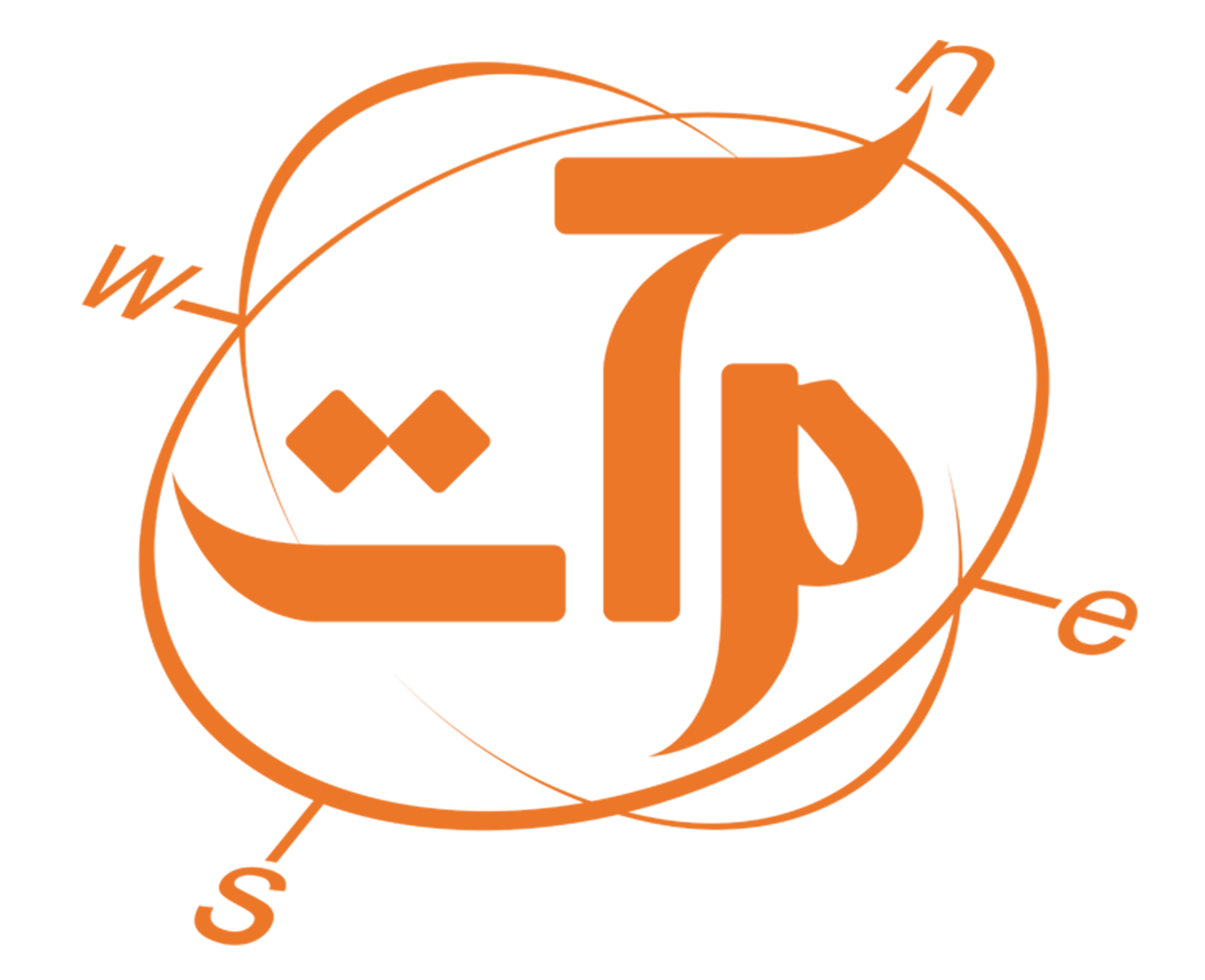
یادداشت؛
خلیج فارس گهواره تمدن ایران
فعال رسانهای در یادداشتی اختصاصی نوشت: خلیج فارس نه تنها یک آبراه ژئوپلیتیک بلکه بخشی از حافظه تاریخی جهان و یکی از نشانههای آشکار هویت ملی ایرانیان است.
به گزارش پایگاه خبری تحلیلی «مرآت»؛ کوثر سعیدیان در یادداشتی اختصاصی نوشت: در جنوب فلات ایران پهنهای آبی گسترده شده که قرنهاست چون آینهای جاودان شکوه تمدن، اقتدار سیاسی و اصالت فرهنگی این سرزمین را منعکس میکند.
خلیج فارس نهتنها یک آبراه ژئوپلیتیک بلکه بخشی از حافظه تاریخی جهان و یکی از نشانههای آشکار هویت ملی ایرانیان است و نام آن در گذر هزاران سال همچون رودخانهای از معنویت و حقیقت جاری مانده و اکنون که برخی سعی در وارونهنمایی تاریخ دارند بیش از هر زمان دیگری ضرورت دارد به حقایق و اسناد بازگردیم؛ به آنچه بیپیرایه در زبان تاریخ باقی مانده است.
از اولین اشارههای مکتوب در الواح میخی دوران هخامنشی گرفته تا نقشههای جغرافیدانان یونان باستان و عربهای قرون میانه نام این پهنه همواره «پارس» یا «فارس» بوده و داریوش بزرگ در سنگنبشته بیستون از آبهایی که نیروهای دریاییاش را به سوی هند و آفریقا رساندند با عنوان دریای پارس یاد میکند.
در آثار جغرافیدانان یونانی چون بطلمیوس در قرن دوم میلادی عبارت "Sinus Persicus" به معنای «خلیج پارس»بهصراحت آمده و حتی برخی از اعراب در آثار تاریخی خود هیچگاه در کاربرد عبارت «بحر فارس» تردیدی به خود راه ندادند و این موارد نه روایاتی شفاهی بلکه اسنادی مکتوب و محفوظ در کتابخانههای بزرگ جهاناند که نام حقیقی خلیج فارس را تا امروز در ذهن تاریخ نگاه داشتهاند.
در دوران مدرن نیز نام این پهنه بیهیچ ابهامی "Persian Gulf" ثبت شده است.
از نقشههای پرتغالی قرن پانزدهم که در سفرهای استعماریشان به جنوب ایران کشیدهاند تا نقشههای دقیق آلمانی، فرانسوی و انگلیسی در قرون هجدهم و نوزدهم و نیز اسناد وزارت خارجه بریتانیا همه اینها بارها و بارها از "Persian Gulf" نام بردهاند.
حتی در منشورات رسمی سازمانهای جهانی مانند سازمان ملل متحد، یونسکو و سازمان بینالمللی هیدروگرافی تنها نام بهرسمیت شناختهشده برای این آبراه «خلیج فارس» بوده و نسخه سوم از استاندارد مرزهای دریایی سازمان هیدروگرافی (S-23) که همچنان مورد استناد حقوقی است در سال ۱۹۵۳ صراحتاً این نام را بهکار برده و در سال ۲۰۰۶ نیز سازمان ملل متحد به همه اعضا هشدار داد که استفاده از نامهای غیررسمی نظیر «خلیج عربی» فاقد وجاهت حقوقی است و تخطی از اصول استانداردهای بینالمللی بهشمار میرود.
با همه این موارد از اواسط قرن بیستم برخی کشورهای نوبنیاد در سواحل جنوبی این خلیج تحت تأثیر موجهای پانعربیسم و با پشتیبانی رسانهای و مالی قدرتهای غربی تلاشی سیستماتیک برای جعل تاریخ آغاز کردند و آنها که کمتر از یک قرن از تأسیسشان میگذرد کوشیدند با هزینههای میلیاردی در رسانهها و سازمانهای ورزشی و فرهنگی عنوان جعلی «خلیج عربی» را جا بیندازند غافل از آنکه اعتبار نامها را نه تبلیغات بلکه تاریخ میسازد.
این تلاشها نه تنها با مقاومت شدید ایران بلکه با مخالفت جدی نهادهای دانشگاهی، فرهنگی و دیپلماتیک جهان روبهرو شد و استادان بزرگ دانشگاههای غربی مانند ریچارد فرای بر این نکته تأکید کردهاند که «تغییر نام خلیج فارس همچون پاک کردن حافظه بشر از هزاران سال تاریخ است».
ایران در برابر این هجمه تنها متوسل به واکنش رسانهای نشد؛ بلکه موضعگیریهای قاطع سیاسی و حتی حقوقی را در دستور کار قرار داد و در سال ۲۰۱۰ مقامات جمهوری اسلامی ایران رسماً اعلام کردند که از ورود هواپیماهایی که در سیستمهای مسیریابیشان از نام جعلی «خلیج عربی» استفاده کنند جلوگیری خواهند کرد و همچنین در مناسبتهایی چون روز ملی خلیج فارس، دهها کنفرانس بینالمللی، همایش و مستند با هدف تثبیت نام حقیقی این آبراه برگزار شد و صدای حقانیت ملت ایران بار دیگر در جهان طنین انداخت.
فراتر از اسناد و نقشهها خلیج فارس با زیست بوم و فرهنگ جنوب ایران درآمیخته؛ از مردمان خونگرم بوشهر، هرمزگان و جزیرهنشینان کیش و قشم تا موسیقی نواحی جنوب و پوششهای سنتی همه و همه نشانی از هویت ایرانی خلیج فارس دارند.
حتی نام جزایر استراتژیک این پهنه مانند ابوموسی، تنب بزرگ و تنب کوچک که هماکنون نیز تحت حاکمیت کامل جمهوری اسلامی ایراناند در اسناد تاریخی و نقشههای قدیمی متعلق به ایران ثبت شدهاند و جای شگفتی نیست اگر برخی دشمنان این روزها نهفقط به نام خلیج که به خاک و جزایر نیز طمع کردهاند؛ اما این خیالها را در توفان ایستادگی ایرانیان باید مانند بادهای موقت کویری که نه ریشه دارند نه دوام برشمرد.
در روزگاری که دروغ ابزار سیاست شده پاسداری از حقیقت وظیفهای اخلاقی و تاریخی است زیرا ما وارثان تمدنی هستیم که در کنار این خلیج شکوفا شده؛ از روزگار سیراف این بندر باشکوه باستانی تا امروز که خلیج فارس نقطه تلاقی منافع جهانی و مقاومت منطقهای است.
امروز حضور نیروی دریایی ایران در آبهای این خلیج نه نماد جنگطلبی که پیام صلحی همراه با اقتدار است و ایران خلیج فارس را چون جان خویش پاس میدارد زیرا میداند که بدون آن بخشی از حافظه ملیاش ناقص میماند.
خلیج فارس از آغاز پیدایش نامها تا امروز همواره «فارس» بوده است؛ نه بهخاطر ادعا بلکه بهسبب حقیقت و آنان که میکوشند با دلار و توهم این نام را تغییر دهند روزی خواهند فهمید که با تاریخ نمیتوان جنگید.
این آب، این خاک و این نام میراث ماست و ما ایستادهایم تا آن را به نسلهای پس از خود بسپاریم و خلیج فارس نه فقط یک نام بلکه پرچم هویت ماست و این پرچم هرگز بر زمین نخواهد افتاد.
یادداشت: کوثر سعیدیان _ فعال رسانهای
According to the analytical news outlet "Merat"; a media activist wrote in an exclusive note:
In the south of the Iranian plateau lies a vast body of water that for centuries has reflected, like an eternal mirror, the splendor of civilization, political authority, and cultural authenticity of this land.
The Persian Gulf is not only a geopolitical waterway but also a part of the historical memory of the world and one of the clear symbols of the Iranian national identity. Its name has, for thousands of years, flowed like a river of spirituality and truth, and now—when some seek to distort history more than ever—it is necessary to return to the facts and documents; to what remains unadorned in the language of history.
From the first written references in the cuneiform tablets of the Achaemenid era to the maps of ancient Greek geographers and medieval Arab scholars, the name of this body of water has always been “Pars” or “Fars.” Darius the Great, in the Behistun Inscription, refers to the waters that carried his naval forces toward India and Africa as the “Persian Sea.”
In the works of Greek geographers such as Ptolemy in the 2nd century AD, the term Sinus Persicus, meaning “Persian Gulf,” is explicitly mentioned. Even some Arab historians never hesitated to use the term Bahr-e Fars (Sea of Fars), and these instances are not oral narratives but written documents preserved in the great libraries of the world—documents that have safeguarded the true name of the Persian Gulf to this day in the memory of history.
Even in modern times, the name of this region has been clearly recorded as “Persian Gulf.”
From Portuguese maps of the 15th century drawn during their colonial voyages to southern Iran to precise German, French, and British maps in the 18th and 19th centuries, and even documents of the British Foreign Office—all of them repeatedly refer to the “Persian Gulf.”
Even in the official publications of global organizations such as the United Nations, UNESCO, and the International Hydrographic Organization, the only recognized name for this waterway has been “Persian Gulf.” The third edition of the IHO’s standard on maritime boundaries (S-23), which is still used as a legal reference, explicitly used this name in 1953. In 2006, the United Nations also warned all member states that using unofficial names like “Arabian Gulf” lacks legal credibility and constitutes a violation of international standards.
Despite all these facts, since the mid-20th century, some newly established countries on the southern shores of this gulf—under the influence of Pan-Arabist movements and with media and financial backing from Western powers—have begun a systematic effort to falsify history. These nations, many of which are less than a century old, have spent billions in media, sports, and cultural institutions attempting to popularize the false name “Arabian Gulf,” unaware that names derive their legitimacy not from propaganda, but from history.
These efforts have met not only with strong resistance from Iran but also with serious opposition from academic, cultural, and diplomatic institutions around the world. Prominent Western scholars, such as Richard Frye, have emphasized that “changing the name of the Persian Gulf is akin to erasing thousands of years of human memory.”
Iran has not only responded through the media but also taken firm political and even legal stances. In 2010, officials of the Islamic Republic of Iran officially announced that they would block entry to aircraft using the false term “Arabian Gulf” in their navigation systems. Moreover, on occasions such as National Persian Gulf Day, dozens of international conferences, forums, and documentaries have been organized to reaffirm the true name of this waterway, and the voice of Iran’s rightful claim has once again echoed across the world.
Beyond documents and maps, the Persian Gulf is deeply interwoven with the ecosystem and culture of southern Iran—from the warm-hearted people of Bushehr and Hormozgan to the islanders of Kish and Qeshm, from southern regional music to traditional attire—everything bears witness to the Persian identity of the Gulf.
Even the names of strategic islands in this region—like Abu Musa, Greater Tunb, and Lesser Tunb, which are currently under the full sovereignty of the Islamic Republic of Iran—are recorded in historical documents and old maps as belonging to Iran. It is no surprise, then, that some adversaries today covet not only the name of the Gulf but also its land and islands. However, such ambitions must be regarded as fleeting desert winds—rootless and short-lived—in the storm of Iranian steadfastness.
In an age where falsehood has become a tool of politics, guarding the truth is a moral and historical duty, for we are the inheritors of a civilization that has flourished alongside this Gulf—from the days of Siraf, that magnificent ancient port, to today, when the Persian Gulf stands as a point of convergence for global interests and regional resistance.
Today, the presence of Iran’s naval forces in the waters of this Gulf is not a symbol of militarism but a message of peace accompanied by strength. Iran cherishes the Persian Gulf as dearly as its own soul, knowing that without it, a part of its national memory would be incomplete.
From the beginning of recorded names to today, the Persian Gulf has always been “Persian”—not by claim, but by truth. And those who try to change this name with money and illusion will one day realize that history cannot be fought.
This water, this land, and this name are our heritage—and we stand firm to pass it on to future generations. The Persian Gulf is not just a name—it is the flag of our identity, and that flag will never fall to the ground.
Kosar Saeediyan_Media Activist
End of News\
لینک کوتاه خبر
نظر / پاسخ از
هنوز نظری ثبت نشده است. شما اولین نفری باشید که نظر میگذارید!



